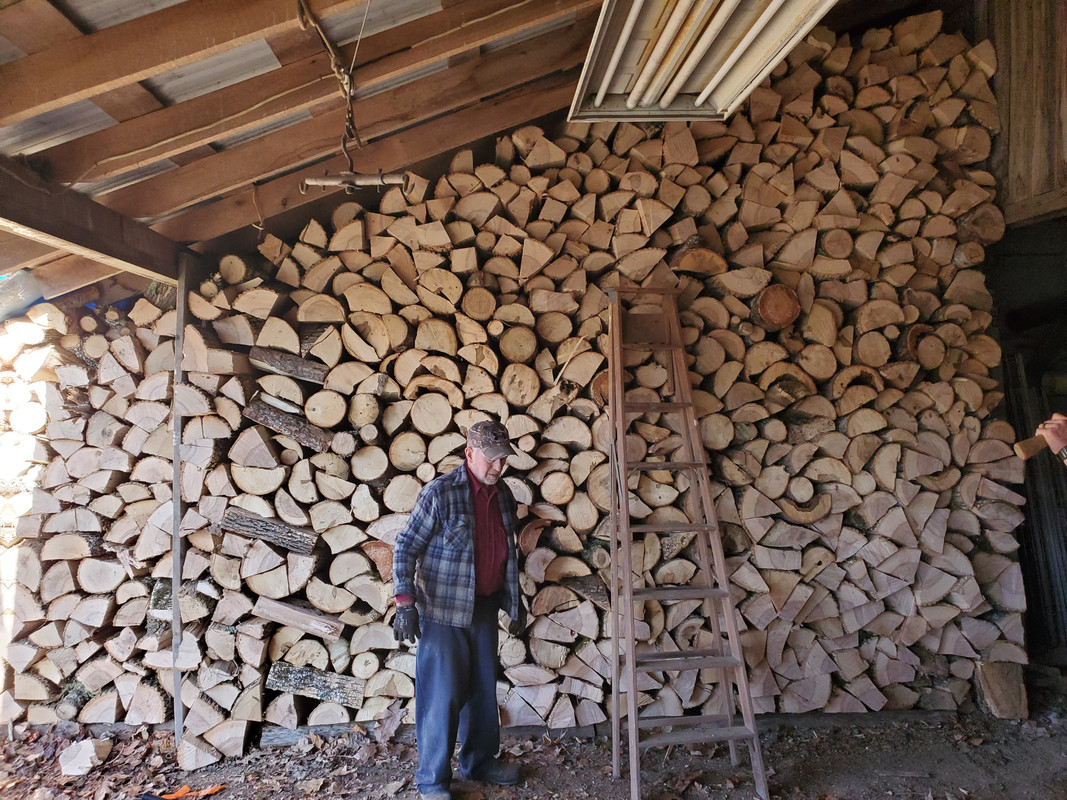

 2
2




Some places need to be wild
 5
5




Nurturing a full spectrum of favorite ornamental and edible trees, shrubs, vines, perennials, and groundcovers all grown on their own roots...
All to better enjoy the profound beauty and wonder of nature. Check out my site at www.onmyownroots.com !
 5
5




Is there a perfect Permie homesteading tree that is 50 state legal?
Visit Redhawk's soil series: https://permies.com/wiki/redhawk-soil
How permies.com works: https://permies.com/wiki/34193/permies-works-links-threads










 1
1




Some places need to be wild
 2
2




Visit Redhawk's soil series: https://permies.com/wiki/redhawk-soil
How permies.com works: https://permies.com/wiki/34193/permies-works-links-threads




Jay Angler wrote:...I will put Jacke's Edible Forest Garden on my desk as I'm am pretty sure that in the back he has a little chart on trees that are good for lumber...
Visit Redhawk's soil series: https://permies.com/wiki/redhawk-soil
How permies.com works: https://permies.com/wiki/34193/permies-works-links-threads
 2
2















 1
1





Nurturing a full spectrum of favorite ornamental and edible trees, shrubs, vines, perennials, and groundcovers all grown on their own roots...
All to better enjoy the profound beauty and wonder of nature. Check out my site at www.onmyownroots.com !
 1
1




 2
2





Every day on this side of the grass is a good day. The first on the other side will be even better.

|
Blood pressure normal? What do I change to get "magnificent"? Maybe this tiny ad?
The new gardening playing cards kickstarter is now live!
https://www.kickstarter.com/projects/paulwheaton/garden-cards
|




